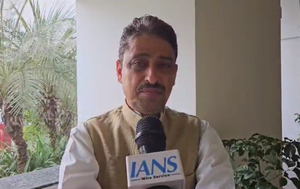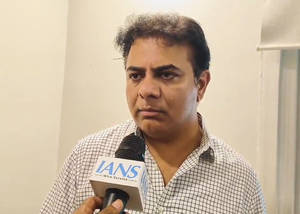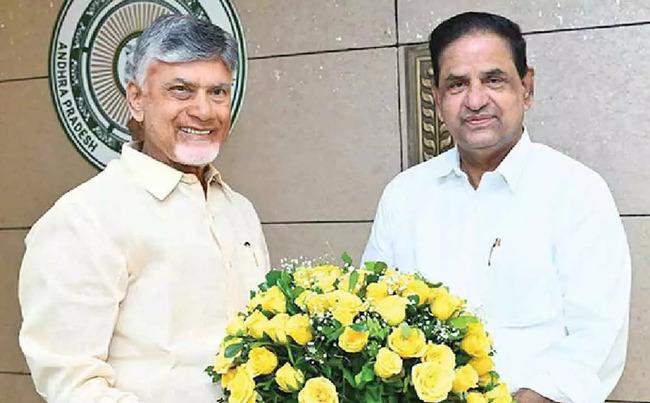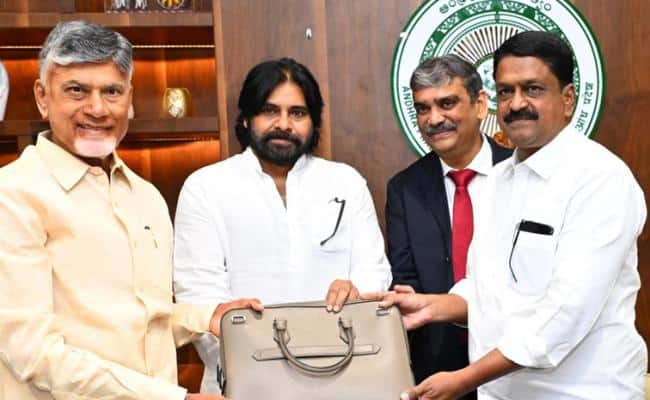If one is asked about a seminal achievement in international relations that the year 2015 will forever be remembered for, it would be the P5+1-Iran nuclear deal, which was a remarkable piece of diplomatic initiative and action. The deal, which paved the way for removal of economic sanctions against Iran in return for stringent monitoring and drawdown of its nuclear programme, allowed for new vistas in the West’s relations with the West Asian power. In particular, if future administrations in both the U.S. and Iran live up to the agreement, the thaw in the relations brought about by it could transform geopolitical equations in West Asia. It could also possibly provide a way to dampen tensions in the region, which have persisted for more than three decades since the overthrow of the U.S.-friendly Shah.
This in itself is possibly the biggest silver lining in an otherwise gloomy year that saw a massive refugee crisis, an unclear trade climate, a new tacit geopolitical contest between the two largest economies in the world (the U.S. and China). It is also a year that saw the rapid projection, even if not the actual rise, of a new rabid extremist force through the Islamic State. The Iran nuclear deal was a moment that followed protracted negotiations on a multilateral forum involving Iran and the six world powers — the U.S., China, Russia and three EU nations, Germany, the U.K. and France. The deal materialised despite domestic pitfalls, both in the U.S. and in Iran, of bringing about a successful agreement.
The climate agreement in Paris in December 2015 did heap in an additional responsibility on the shoulders of the developing world. However, its emphasis on a multilateral arrangement in the mitigation of climate change gave it a consensual heft missing in the earlier summits. Besides, the year also saw the Barack Obama administration’s gradual retreat from the unilateralism and the military adventurism of Mr. Obama’s predecessor. The focus of the administration has shifted from direct interventions to offshore balancing, as the conflicts in Syria and Iraq would testify.
The question that naturally arises is: has the world finally reached a “multilateral moment”? The Iran nuclear deal and, to a great extent, the climate deal signed in Paris late in December are certainly symbolic of a burgeoning phase of multilateralism. This was characterised by the U.S. not acting as a singular fulcrum of power, but as one among a set of actors, sometimes in concert and sometimes in dissonance. The rise of the Right That said, though there are cracks in the post-Cold War order, it’s still not clear whether it will evolve into a balanced multipolar world.
The recent changes in the global economic architecture and power politics have not only challenged the U.S.-centric world, but have also unleashed forces of instability which could slow down, if not prevent, the emergence of a new system. For example, if the global financial crisis challenged the Western dominance in the global order, it also triggered enormous social and political tensions, especially in the domestic arena of the countries in the developed world. The rise of the Right in Europe as well as in the U.S. is a clear manifestation of these tensions.
On the one hand, the Western project failed to mainstream cultural dissent. On the other, economic crises, growing unemployment and the real and perceived threat of Islamist terrorism have emboldened a far-Right narrative of state and society in a number of Western nations. In Victor Orban, Hungary already has a Prime Minister who calls for protecting Europe’s “Christian values” against the influx of migrants. In France, the far-right Front National of Marine Le Pen was defeated in December’s regional elections only through a tactical voting. In the U.S., the rise of Donald Trump as a leading Republican presidential candidate who wants to ban the entry of Muslims is alarming. Despite running a highly polarised primary campaign, Mr. Trump is still the most popular candidate among the Republican hopefuls. If the New Right captures power in any of the major countries, say France or the U.S., its consequences for the international system could be monumental.
Antagonistic bipolarity Another potential challenge to cooperative multilateralism is an antagonistic bipolarity at a regional level. There are plenty of two-tier crises in modern world such as those involving India and Pakistan; China and Japan; and Russia and Ukraine. Containing them is vital for the interests of the larger world. But the year 2015 saw a dangerous addition to this list—hostility between Russia and Turkey. Basically a by-product of the Syrian crisis, the Russia-Turkey antagonism has the potential to plunge the whole world into a dangerous military conflict. Russia has shown commendable restraint after its warplane was shot down by Turkey over the Syrian border in November. Barring occasional rhetoric and some economic sanctions, Moscow has not done anything to disrupt the status quo.
But it might not remain stoic if there are more provocations. And since both Russia and Turkey are deeply involved in the Syrian conflict, tensions between these two countries would remain unless a sustainable solution is found to the Syrian crisis, which is the challenge of 2016. Thirdly, the U.S.’s retreat from unilateralism is not out of choice, but, to a certain extent, out of compulsion, and it doesn’t mean that Washington has given up on dominating global politics. In ideological terms, President Obama has effected a shift in the U.S. foreign policy, from the neo-conservatism of his predecessor to a more liberal version of realism.
The year 2015 has underscored the trend of strengthening multipolarity but has also bolstered the forces of instability. Which of these factors emerge stronger would shape the future global order.
Recent Random Post:
















